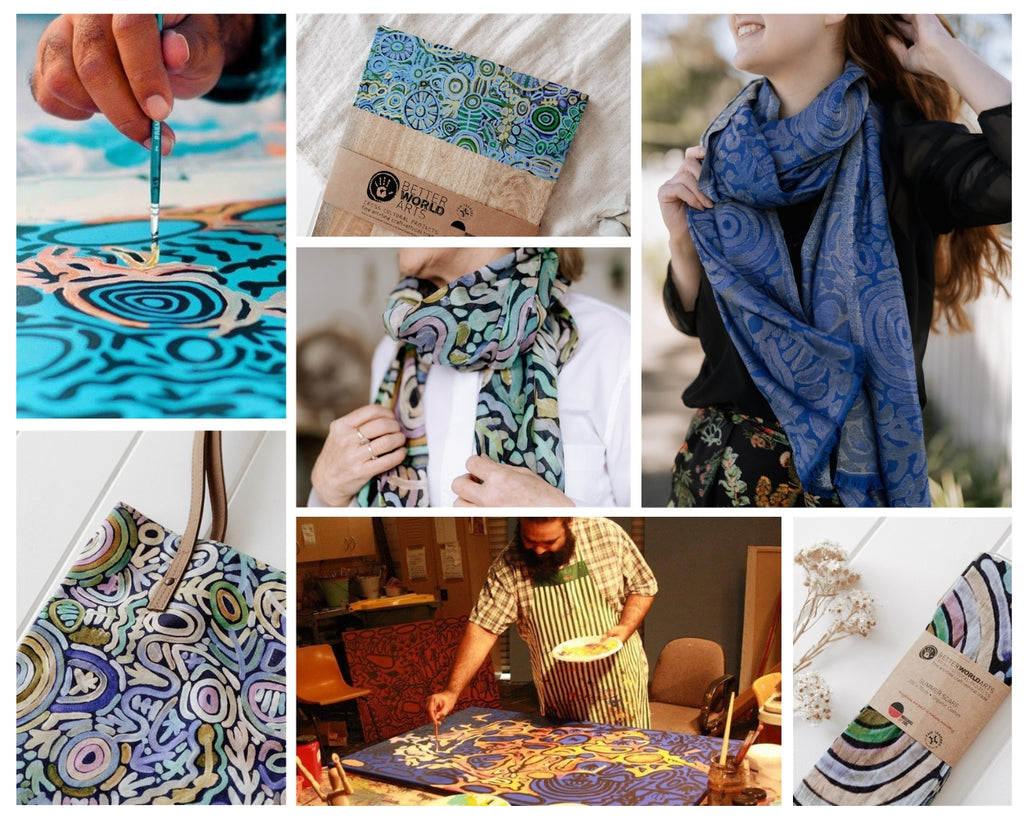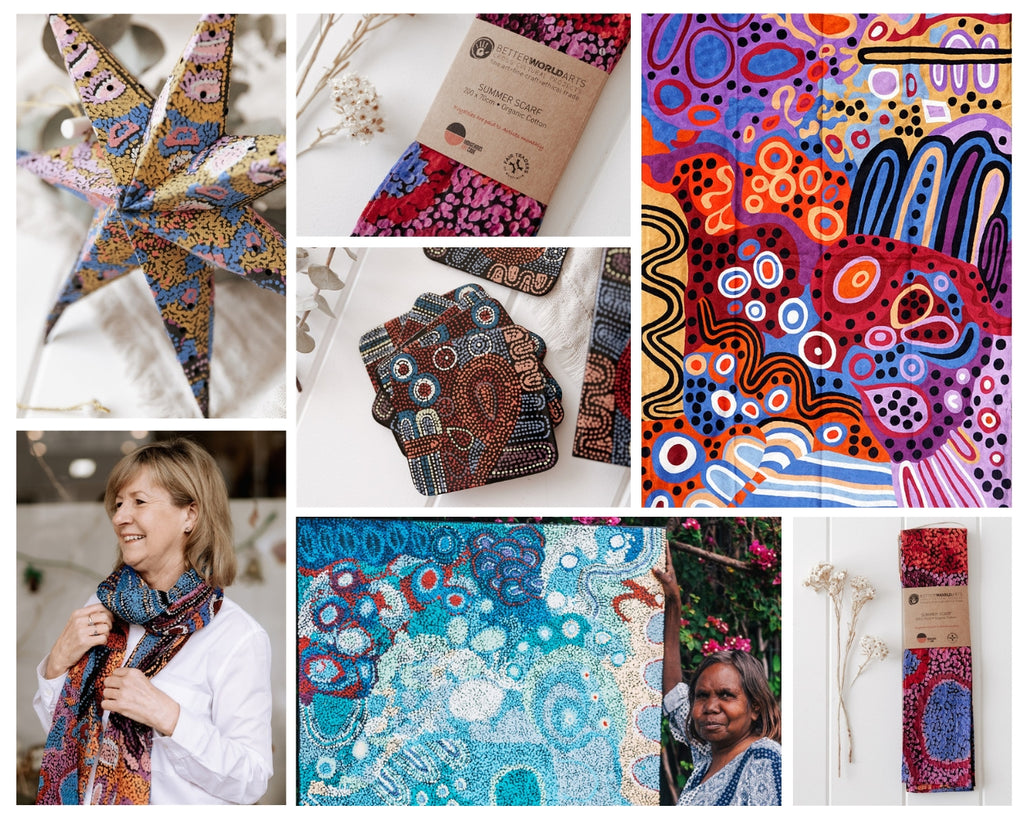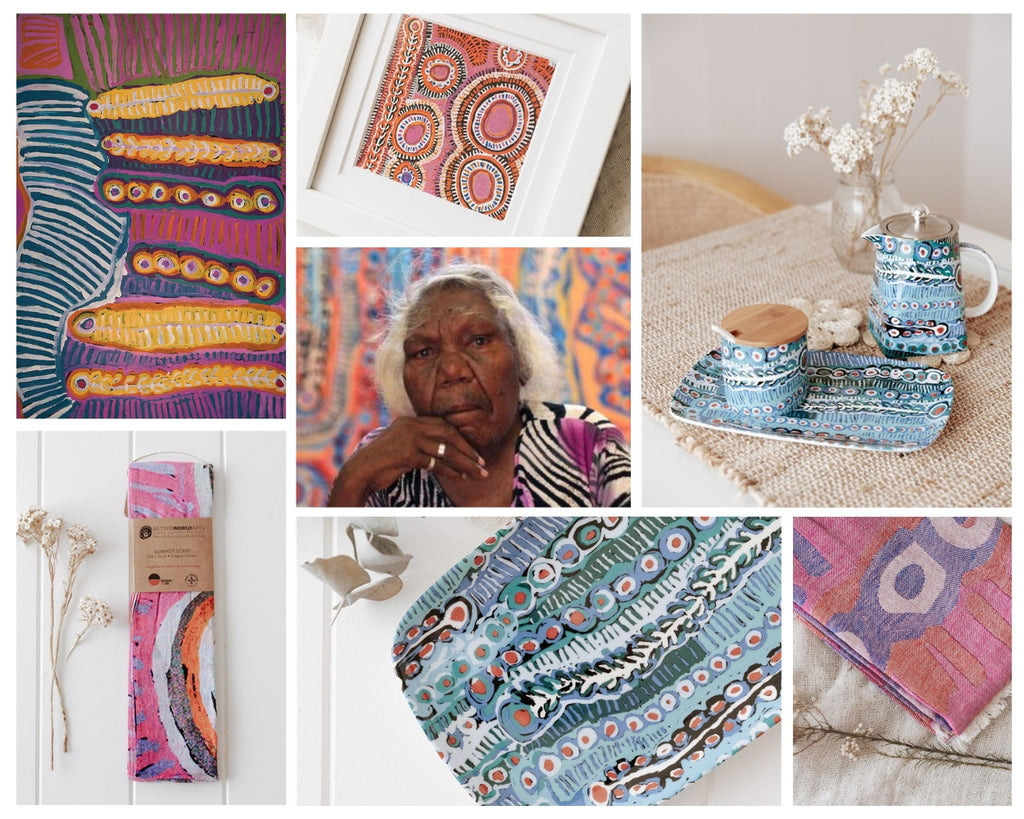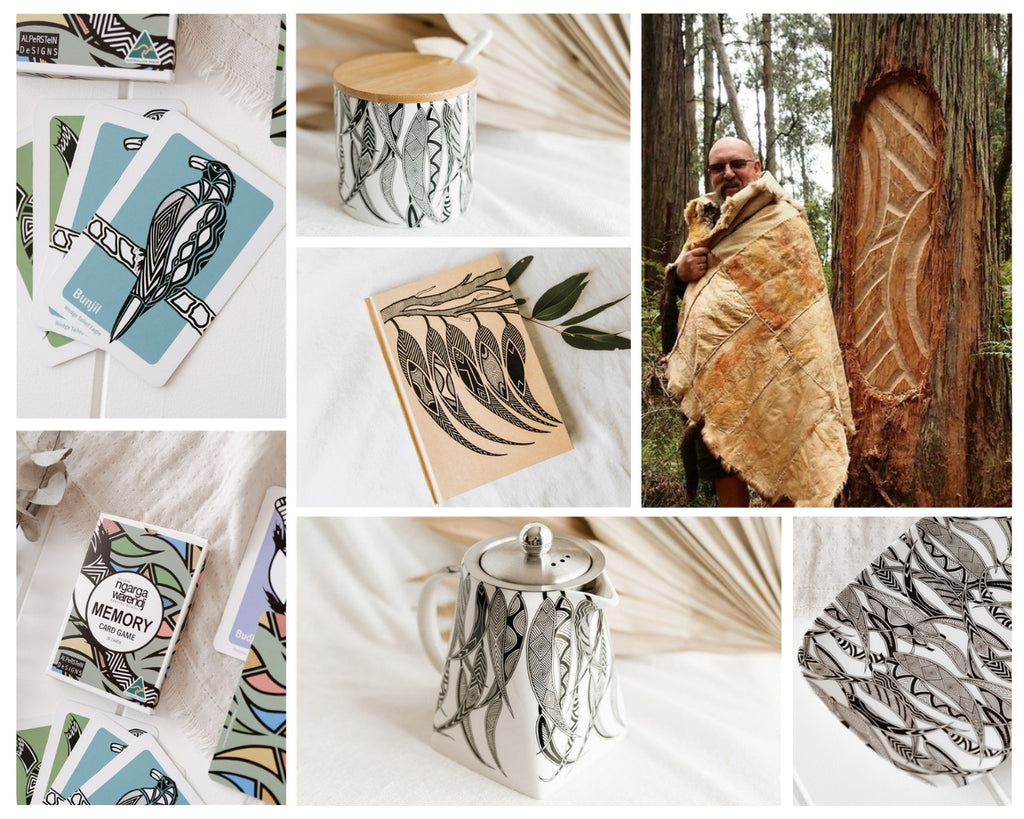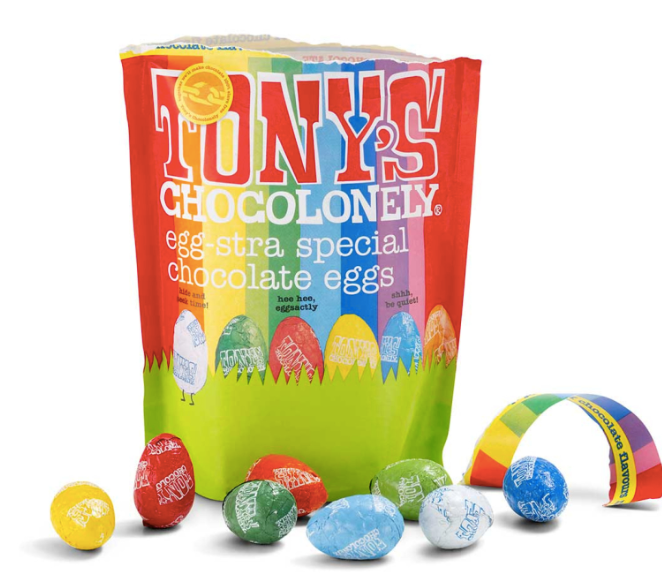Happy NAIDOC Week! We've put together a list of five Aboriginal artists who come from all over (so-called) Australia whose art has made a big impact on us.
All of these artists capture traditional stories through their artworks, sharing their culture and keeping it alive for generations to come.
1. Cedric Varcoe
Cedric Varcoe's artworks are widely loved at The Fair Trader. His use of vibrant colour, wavy line work and circular shapes capture the imagination and tell the stories of his ancestors.
Cedric grew up in Adelaide and has both Narangga and Ngarrindjeri heritage. The Narangga people are from the lands that are now known as the Yorke Peninsula in South Australia, and the Ngarrindjeri nation is made up of Aboriginal people from the Lower Murray, Coorong and Lakes area of South Australia.
Cedric's paintings depict Dreaming stories that have been passed down to him through generations including the Ngarrindjeri Country creation story which explains how the Murray River, lakes, landforms, rain and fish came to be.
View products featuring Cedric Varcoe's art here.
2. Andrea Mimpitja Adamson
Photo credit: bottom centre photograph of Andrea Adamson by Amy Nicholas.
Pitjantjatjara artist Andrea Adamson painted beautiful, incredibly detailed artworks that are characterised by the use of dots and rich colours like sunset hues and deep blues. Andrea sadly passed away in 2019 at the age of 46.
Born at Amata in the APY Lands (Anagu Pitjantjatjara Yankunytjatjara) in far north west South Australia, many of Andrea's paintings depict the Seven Sisters Tjukurrpa (Dreaming) from her mother's side. When Andrea painted she said she would think about "salt lakes, grass from my father's country, flowers from my father's homeland." The artist came from a family of celebrated painters which includes her aunt Rini Tiger and grandfather Tiger Palpatja who painted the Anangu Dreaming stories. Andrea's son also paints and participates in traditional dancing.
Due to the way royalties are set up, Andrea's family continue to receive income from her artworks.
The Fair Trader currently has an incredible chainstitch wallhanging of one of Andrea's designs. View all products featuring Andrea Adamson's art here.
3. Murdie Nampijinpa Morris
Murdie Morris, whose language group is Walpiri, paints traditional stories using a creative and modern palette, often based around bright pinks or blues.
Born in the tiny desert town of Rabbit Flat in the Northern Territory, 315 kilometres north west of Yuendumu, Murdie grew up with her parents taking her to significant sites and teaching her about her culture. She now lives in Nyirripi and paints with the Warlukurlangu Aboriginal Artists Corporation in Yuendumu.
Murdie's artworks depict her father's Dreaming stories, Maliki Jukurrpa (Domestic Dog Dreaming) and Malikijarra Jukurrpa (Two Dog Dreaming).
View products featuring Murdie Morris' art here.
4. Mick Harding - Ngarga Warendj (Dancing Wombat)
Mick Harding is a Taungwurrung artist and the man behind Ngarga Warendj which translates to 'Dancing Wombat'. Mick creates contemporary designs that draw inspiration from symbols of the Kulin nation, the traditional owners of south central Victoria. His gum leaf design represents the five language groups of the Kulin nation: Boonwurrung, Woiwurrung, Taungwurrung, Wadawurrung, and Djadjawurrung.
Speaking of his connection to culture and country, Mick says, “We are the first peoples of this land and have an ongoing responsibility to keep our culture alive and relevant in our current society. We belong to this land.”
Mick creates intricate wood carvings that translate beautifully to prints, resulting in striking monochromatic designs.
View products featuring Mick Harding's art here.
5. Cynthia Burke
Photo credit: top left photo of Cynthia Burke via Tjanpi Desert Weavers
Cynthia Burke is a multidisciplinary Ngaanyatjarra artist whose ancestral lands are situated in eastern Western Australia. As well as being an acclaimed painter and weaver, Cynthia is a master Punu carver. 'Punu' is the Pitjantjatjara/ Yankunytjatjara word for wood, and refers to the traditional artefacts carved from local hard woods, usually mulga. To create these artworks, hot wire is used to burn patterns into the timber. A common theme of Cynthia's work is desert animals.
Cynthia is a renowned and treasured member of the Aboriginal art community. She has painted for Warakurna Artists, exhibited her Punu with Maruku Arts and worked with Tjanpi Desert Weavers. An unstoppable force, Cynthia also hosts her own Ngaanyatjarra language radio show.
We love the characteristic earthy tones and textures of Cynthia's art; the throw blankets and bags that feature her prints are breathtaking.
View Cynthia Burke's art here.
---
Artists receive royalties for every sale of their designs. To learn more about how art royalties work, read our Indigenous Art Royalties blog post.


